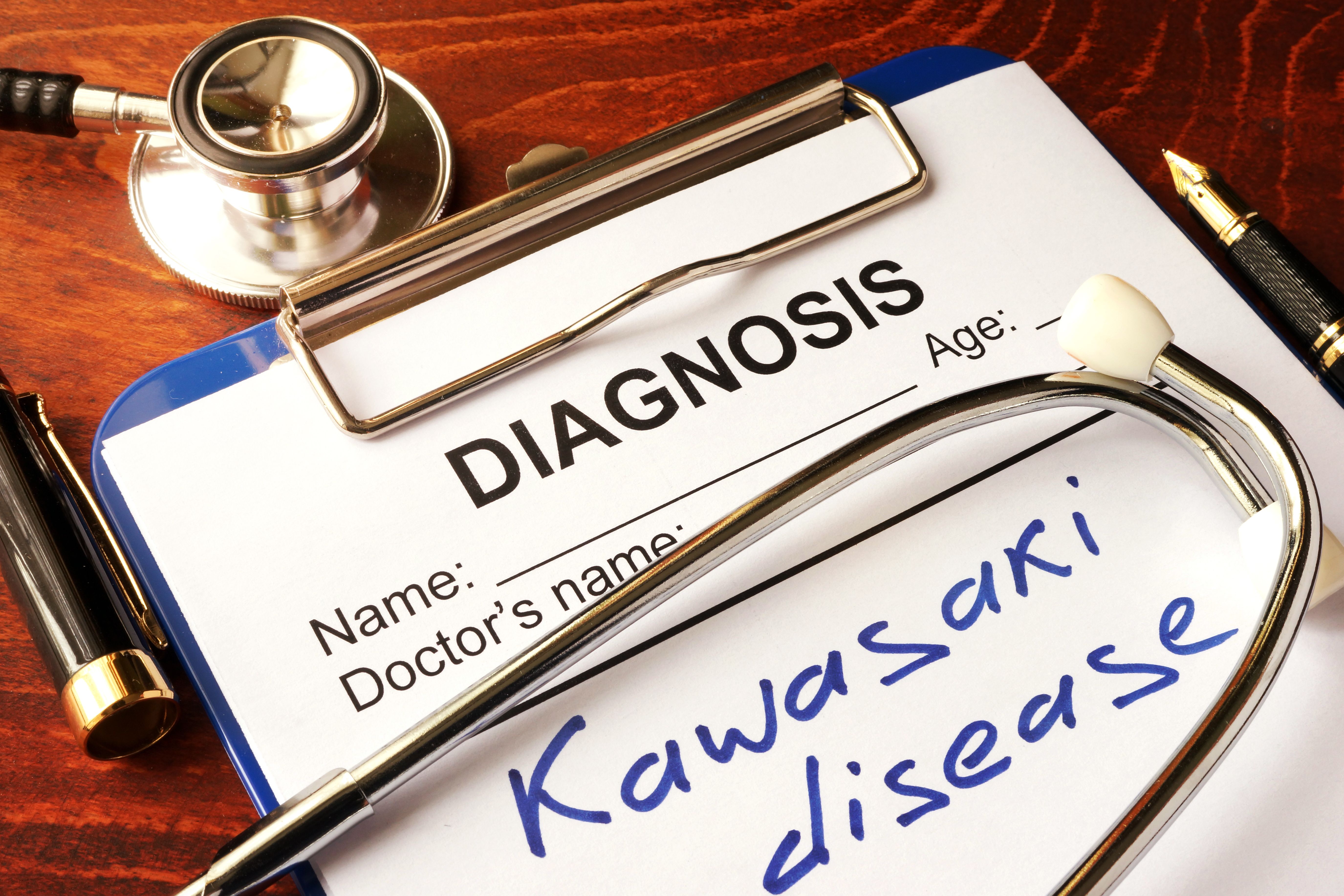Article
Albumin May Predict Treatment Resistance in Children With Serious Vasculitis
Author(s):
Albumin is a cost-effective predictor of intravenous immunoglobulin-resistance in young patients with Kawasaki disease.
Low albumin levels (hypoalbuminemia) may be an independent risk factor associated with intravenous immunoglobulin (IVIG) resistance in children with Kawasaki disease (KD), according to retrospective study results published in the Italian Journal of Pediatrics. Patients with resistance had a higher risk of developing cardiac complications, such as coronary artery lesions (CALs).
Image credit: Vitalii Vodolazskyi - stock.adobe.com

“[IVIG] has been the mainstay of treatment for [KD] over the past decades. However, 10%-20% of KD patients are resistant to IVIG treatment which puts those patients at high risk of [CALs],” the study authors wrote. “Therefore, it is important to predict whether patients will be resistant to IVIG before the treatment.”
They added that early prediction of IVIG resistance is a pivotal topic of interest for researcers investigating KD because patients with IVIG resistance may improve on an early-intensified therapy.
Investigators conducted the retrospective study on a cohort of 907 patients with KD from southwestern China to identify the risk factors leading to IVIG resistance. If these patients were able to avoid initial IVIG treatment, they advanced toward other therapeutic alternatives more quickly.
Lower albumin levels of 33.4 g/L or less were an independent risk factor for IVIG resistance, but only if they were low prior to IVIG treatment (OR = 0.881, 95% CI, 0.781 to 0.994, p-value = 0.039). Hypoalbuminemia was also associated with more severe acute inflammation in patients with KD.
KD is the most common cause of heart disease in children in developed countries. It is an acute self-limiting inflammatory disorder associated with inflamed blood vessels (vasculitis), mainly of the coronary arteries, which largely impacts children aged 5 years and younger.
But among young patients with KD, those facing treatment resistance were generally older (average age 32.5 months) and had longer hospitalizations than responders. This is possibly because they were receiving more IVIG infusion or other adjunctive therapies.
Investigators, who collected a blood sample of patients prior to initial IVIG infusion also compared white blood cell count, percentage of neutrophils, C-reaction protein (CRP), and CRP/albumin ratio, which calculates CAR, between patients with and without treatment resistance. What they found is IVIG non-responders had higher levels of neutrophils, CRP, and CRP/albumin ratio; however, non-responders had a lower percentage of lymphocytes and lower levels of albumin during the acute phase.
KD is associated with hypoalbuminemia because of vascular leakage. More vascular leakage results in a higher serum concentration of vascular endothelial growth factor (VEGF) and low albumin. However, albumin should not become the sole predictor of IVIG resistance because it has a sensitivity of 40.91%. The specificity was 83.47%, the study found.
The size of the study was limited to 1 hospital; thus, selection or information bias may be present.
“Albumin is a cost-effective alternative that may provide additional information for IVIG resistance prediction in KD patients considering it is routinely measured in clinical practice as part of the complete blood count,” the study authors wrote in the journal.
They concluded, “KD patients with IVIG resistance had a significantly lower level of albumin. Low albumin is identified as an independent risk factor of IVIG resistance in KD patients. Further multicenter prospective studies are required to confirm the present results.”
Reference
Zhang R, Shuai S, Zhang H, et al. Predictive value of albumin for intravenous immunoglobulin resistance in a large cohort of Kawasaki disease patients. Ital J Pediatr. 2023; 49: 78. Published online 2023 Jun 25. doi: 10.1186/s13052-023-01482-z
Newsletter
Stay informed on drug updates, treatment guidelines, and pharmacy practice trends—subscribe to Pharmacy Times for weekly clinical insights.






